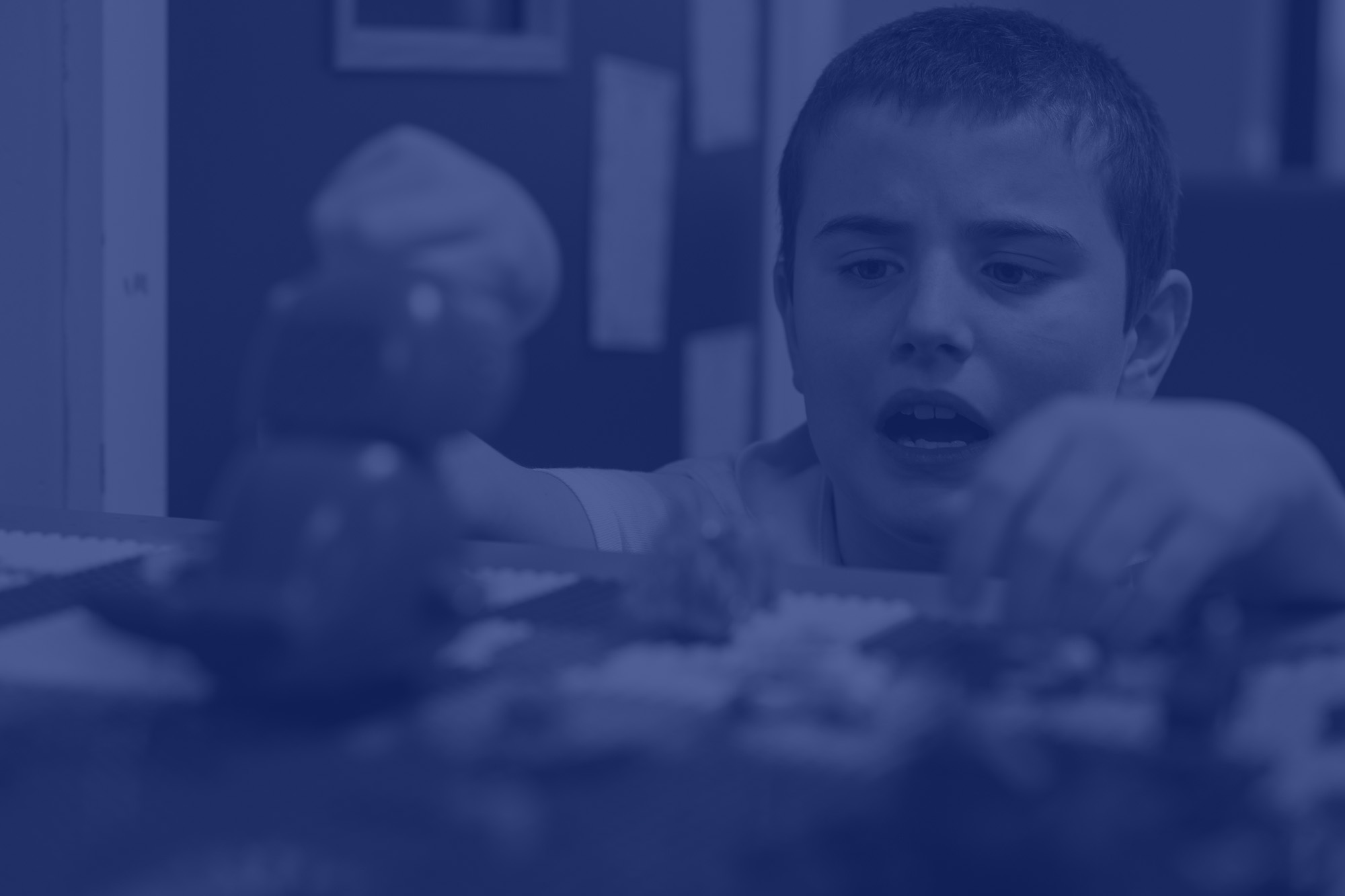Which pupils are on our Explorers curriculum pathway?
The pathway is for pupils who are consistently, over time not in the reaches of the National Curriculum.
All pupils have an EHCP. The pupils may have a primary need of Communication and Interaction or have additional communication needs. Pupils can and will follow instructions to varying degrees.
Some pupils are non-verbal and using alternative communication methods such as communication boards, PECS, or using gestures to supplement communication.
The Engagement Model
The engagement model is central to the Explorers curriculum and is a pre-requisite to cognition and learning. Through promoting increased levels of engagement in cognition and learning we will see progress.
By using the Engagement model class staff can look at each pupil’s engagement in different activities or tasks, and make adaptations to the curriculum or resources to further raise their engagement.
The 5 areas of engagement are:
- exploration
- realisation
- anticipation
- persistence
- initiation
How has the curriculum been designed?
The curriculum is ambitious and coherently designed. There is no cap on learning. Staff follow the direction the pupils take learning but have in mind key knowledge, skills and ambitious vocabulary for pupils to strive to achieve. We still want our Explorers to ‘know more, remember more’.
A theme is taken for each half term eg. People, Places, Festivals and Celebrations, Animals, Plants.
Each unit of study has a medium term plan which includes:
- Links to Prior and Future experiences
- How adults promote engagement (links to the 5 areas)
- Skills and knowledge to be developed – skills, knowledge, aspirational vocabulary
- The learning sequence – the learning objective, how adults will promote engagement and support learning, adaptations, what will be in the explore provision
Weekly off site visit
The wider Explorers curriculum is wrapped around a weekly off-site visit. This allows the pupils to
- Broaden their understanding of the local community
- Meet key roles in the community- people who help them
- Gain a sense of place
- Apply new skills and gain new knowledge
- Practice using new vocabulary in new contexts
Examples of off site visits:
- garden centre to take photographs of different types of leaves
- the park to take photographs of roots
- the green grocer to buy vegetables to make soup
- the community farm to collect eggs






